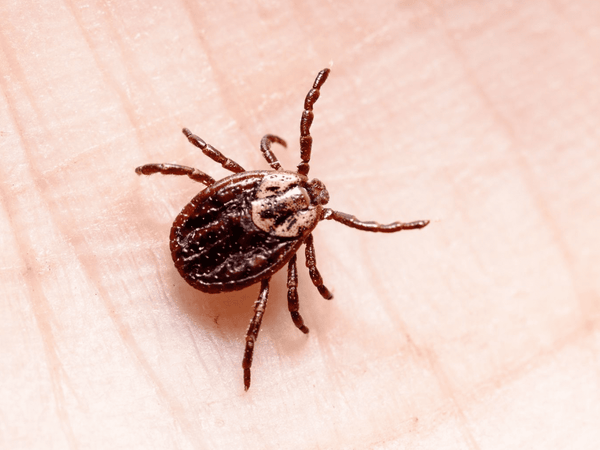American Dog Tick

Name of Tick: American dog tick
Danger Level: High
Nicknames: Dog tick, Wood tick
Scientific Name of Tick: Dermacentor variabilis
Habitat: East of the Rocky Mountains, parts of California and the West Coast
Specific Habitat: The American dog tick is a versatile and heavily distributed tick, it can live in a wide range of habitats including wooded areas, fields, grasses, shrubs, farmlands, wetlands, hiking trails, and on the edges of paths. They are often found in piles of leaves.
Tick Facts and Information: The American dog tick has three life stages, larvae, nymph, and adult. American dog tick larvae hunt spring through fall in most locations and are most aggressive in the spring. Larvae will attach to a victim, feed for 4 days, and then drop off and molt into nymphs. American dog tick nymphs are most dangerous during the summer months, they will feed on a host for several days and then fall off and develop into adults. Adult American dog ticks search for a host during the spring and summer months, commonly attacking humans. Adult males feed briefly; adult females will remain attached to you for several days. Male American dog ticks will mate with females as they are feeding. Each adult female American dog tick can lay a frightening amount of tick eggs, up to 4000. The American dog ticks is a long-term threat, adults can remain alive and hunting for up to two years (without a host). The American dog tick is most aggressive on bright and sunny days with low humidity. The American dog tick hunts by questing. A bite from the American dog tick can cause debilitating disease and result in death.
Tick Color and Appearance: Adult male American dog ticks are reddish brown, with whitish cream-colored splotches and markings on their back. Adult females are easily distinguishable by their off-white scrotum juxtaposed against a brown or reddish-brown body.
Size and Number of Legs: The average adult American dog tick is 1/16 of an inch, size will vary greatly during the tick’s life cycle. Larvae have 6 legs, nymphs and adults have 8 legs.
Sicknesses and Diseases Transmitted: Tularemia, Rocky Mountain spotted fever
Control Solution: Tick Proof Repellent
Full Scientific Classification: Kingdom: Animalia, Phylum: Arthropoda, Class: Arachnida, Subclass: Acari, Superorder: Parasitiformes, Order: Ixodida, Family: Ixodidae, Genus: Dermacentor, Species: D. variabilis
